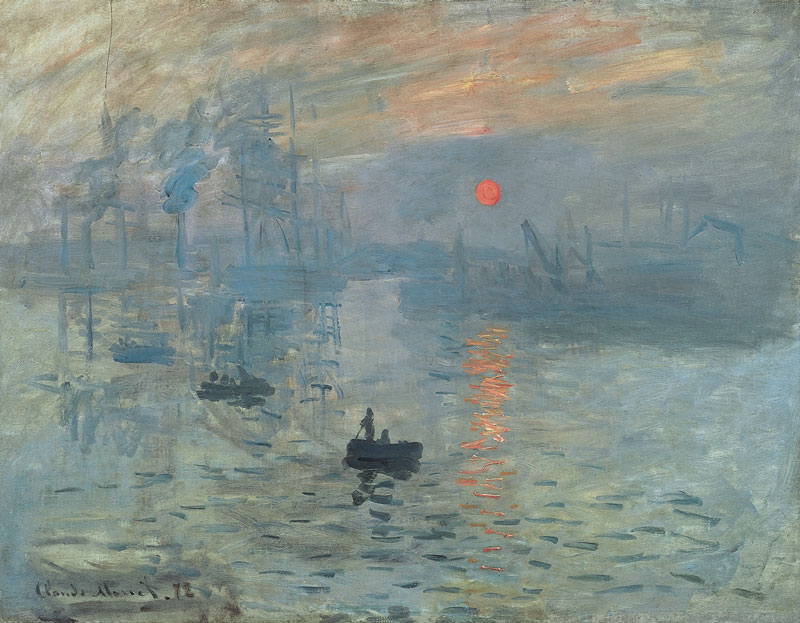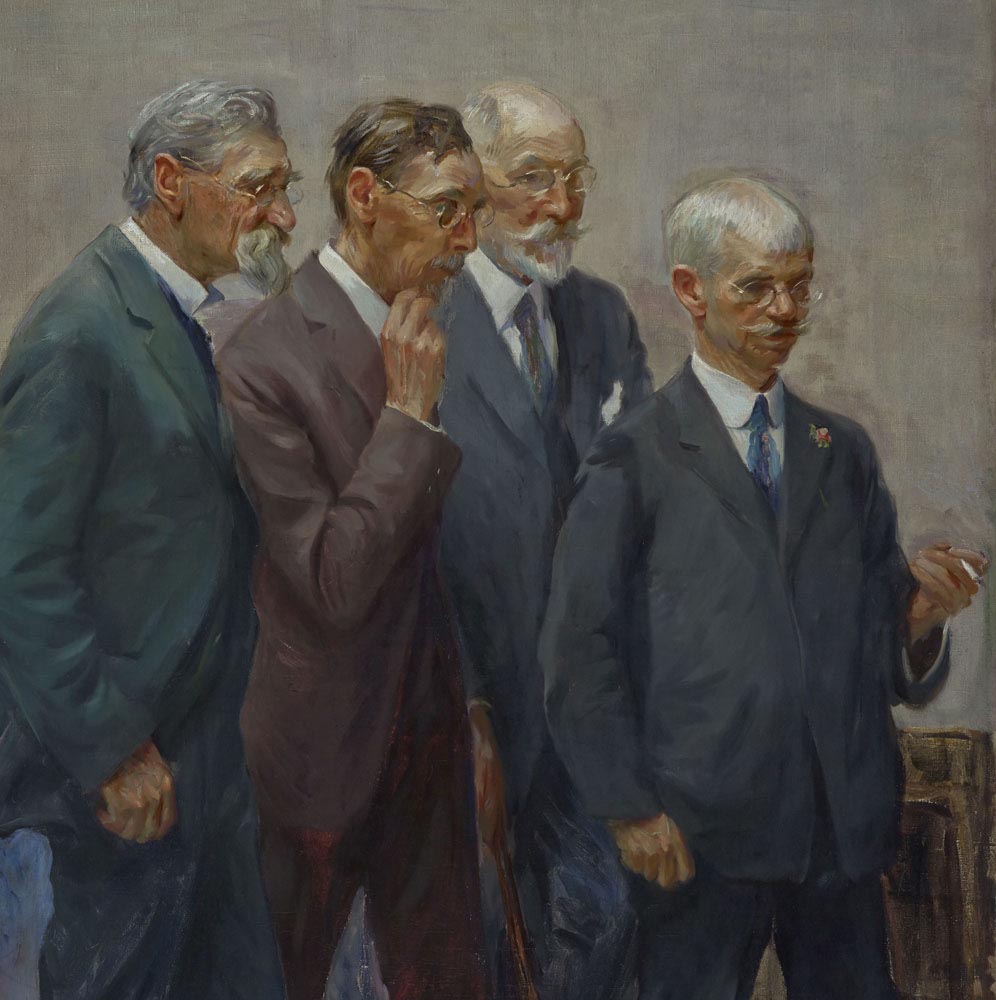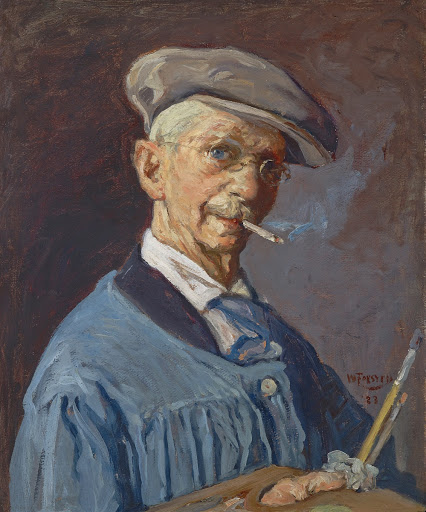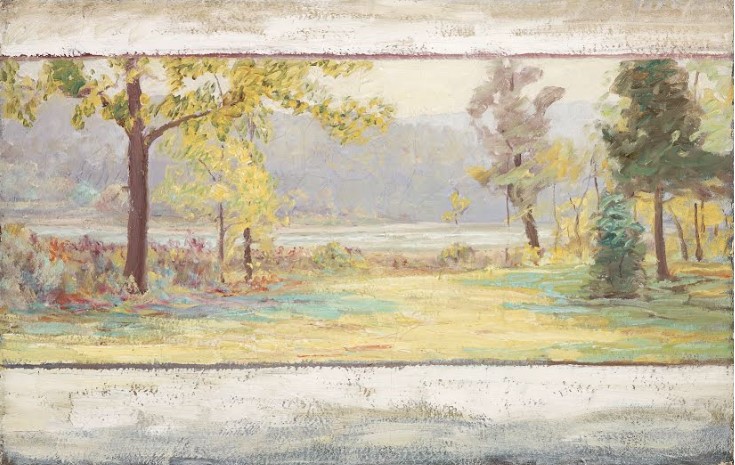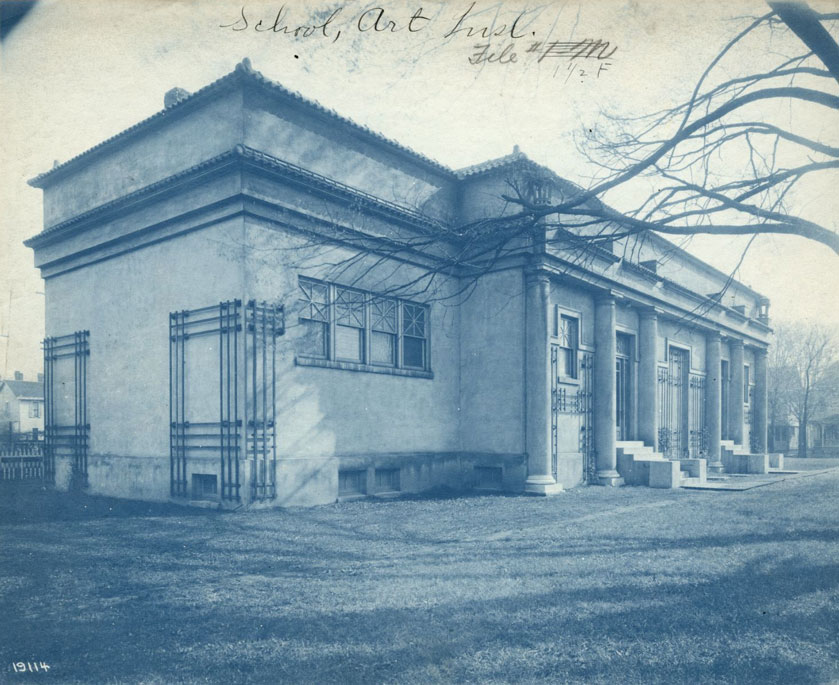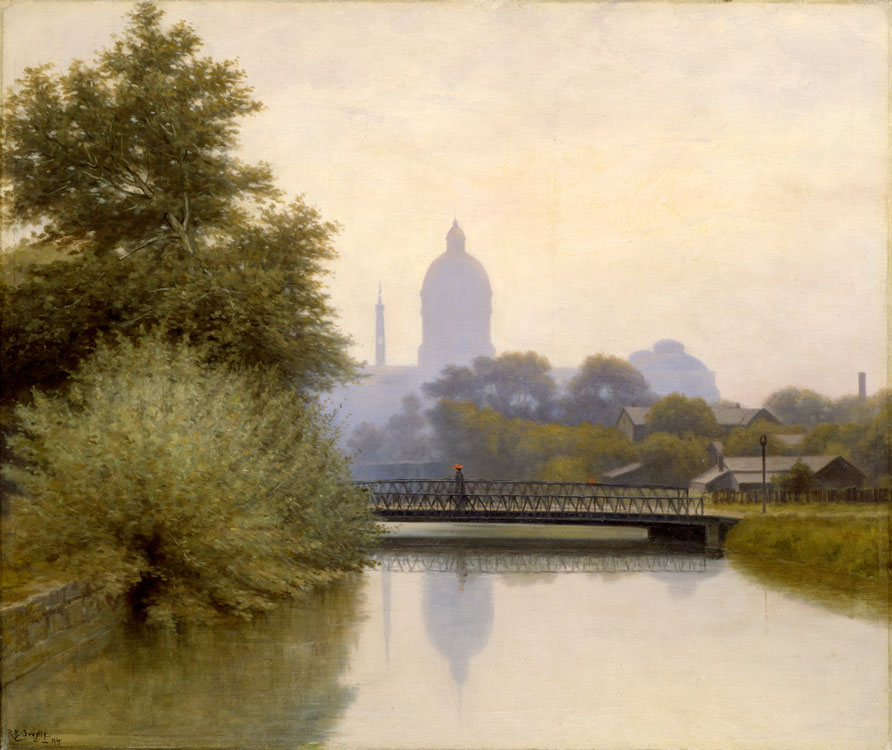
Where They Worked

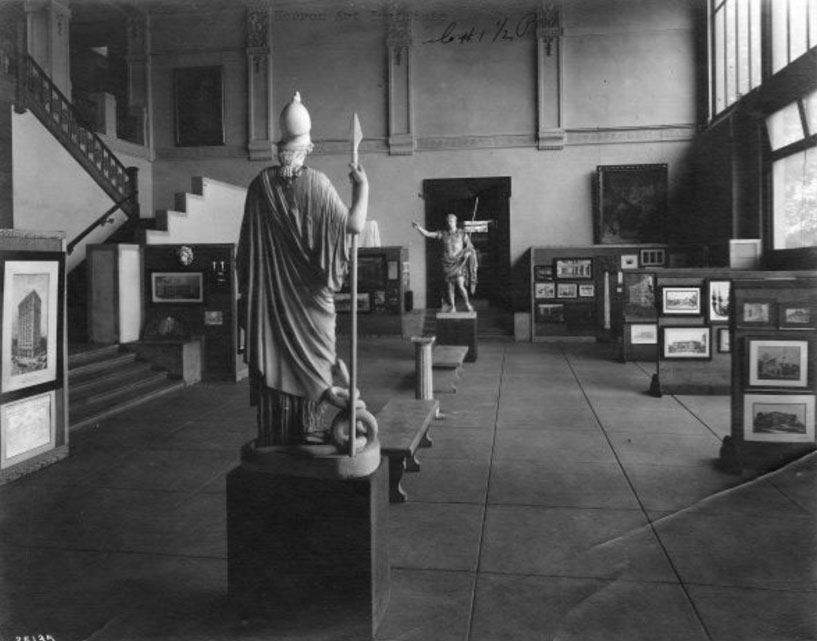
Courtesy of Bass Photo Co Collection, Indiana Historical Society
Venues for Indianapolis artists to create and exhibit their work locally were limited in the early 1900s. All public exhibitions were held at one of a few locations including John Herron Art Institute, H. Lieber and Co., and spaces lent to artists’ organizations. Read on to learn more about some of the venues that played a role in the Hoosier Group’s success.
Society of Western Artists
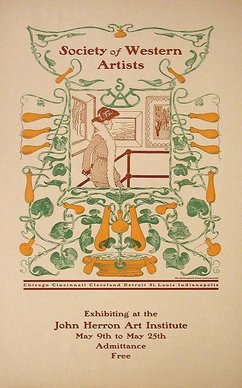
Courtesy of Indianapolis Museum of Art at Newfields
The Society of Western Artists was formed in 1896 with the goals of fostering interest in and generating sales of art in the “West” (now known as the Midwest).
The group was composed of 18 artists—three each from Indianapolis, Chicago, Cincinnati, St. Louis, Cleveland, and Detroit. J. Ottis Adams, T. C. Steele, and William Forsyth were the three artists representing Indianapolis.
Starting with their first exhibition in December 1896, the artists held annual exhibitions that rotated throughout the Midwest. These exhibitions served to bring awareness and exposure to Midwestern artists and provided a forum for idea exchange. The group remained active until 1914.
H. Lieber and Co.
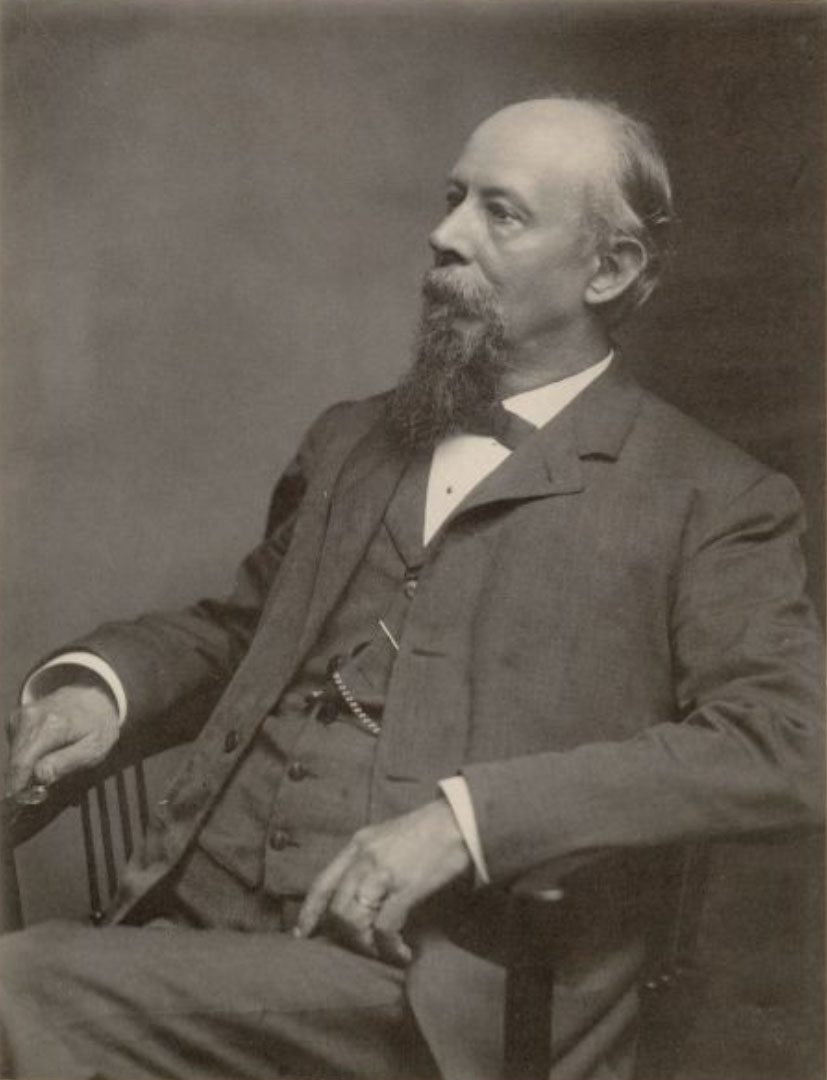
Courtesy of Indiana Historical Society
Without the financial backing of patrons, the Hoosier Group artists could neither afford their education abroad nor support themselves. Herman Lieber was instrumental in aiding the Hoosier Group and other Indianapolis artists.
Lieber, a German immigrant, moved to Indianapolis in 1854 and opened a stationery and bookbinding establishment. As his business increased, he expanded and soon became the main center for supplying, exhibiting, and supporting local artists.
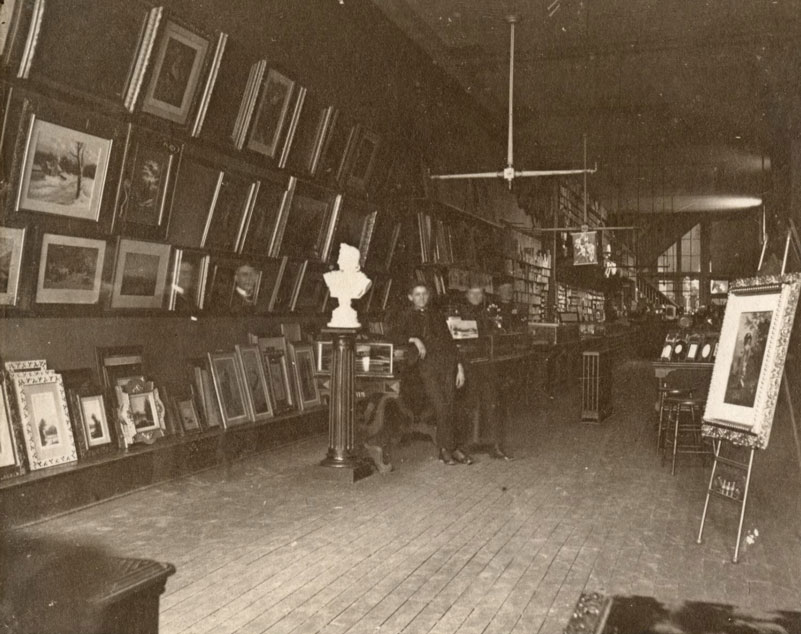
Courtesy of Indiana Historical Society
With Lieber’s financial support, Steele was able to study in Germany. Leiber also helped Steele and Forsyth while they studied in Munich by sponsoring an Indianapolis show, the Art Exhibit of the Hoosier Colony in München, in April 1885. The two artists sent over paintings for Lieber to exhibit and sell. Lieber continued to exhibit the Hoosier Group artists’ works throughout the next decades, including the 1906 solo exhibition featuring J. Ottis Adams’ landscapes of Southport.
After Lieber’s death in 1908, his sons retained control of the company, located downtown on West Washington Street. In the ensuing years, H. Lieber and Company gained an international reputation for its moldings and frames, while maintaining the art gallery.
Hermitage
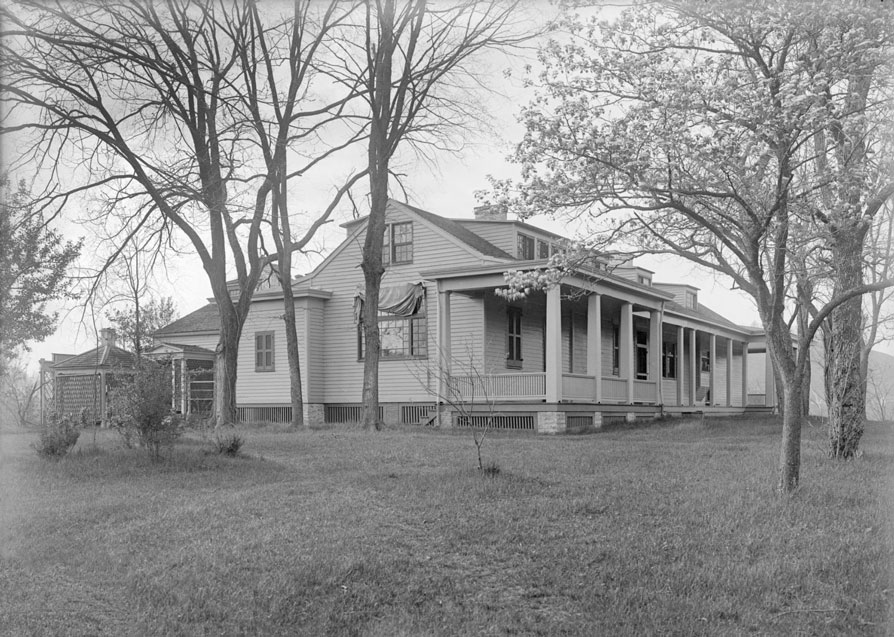
Courtesy of Indiana Historical Society
On a painting trip to Metamora in 1897, T. C. Steele and J. Ottis Adams stumbled upon the Butler House in Brookville. A landscape artist’s dream, Adams described the location, “With spires, quaint old buildings, and stone terraces, it presents, from my point of view, much of the appearance of many of those old world towns that are a mecca of artists and students. With the winding streams, old bridges, rocky ravines, hill and valley roads, together with the splendid grouping of trees, and the hills far and near for the background, unlimited motifs are afforded in the immediate neighborhood.”
The artists bought the house in February 1898 and renovated it to include separate wings for each family and a veranda that connected the artist’s studios. Steele’s wife, Libbie, renamed the newly improved Butler House, calling it the Hermitage. It became an oasis for Steele, Adams, and their families, who lived there in the summer months while the artists painted.
After Adams resigned from teaching in 1906, he and his family permanently moved into the Hermitage. He bought out Steele’s share of the home in April 1907, and three years later he opened a summer school there to teach landscape painting.
Art Association of Indianapolis
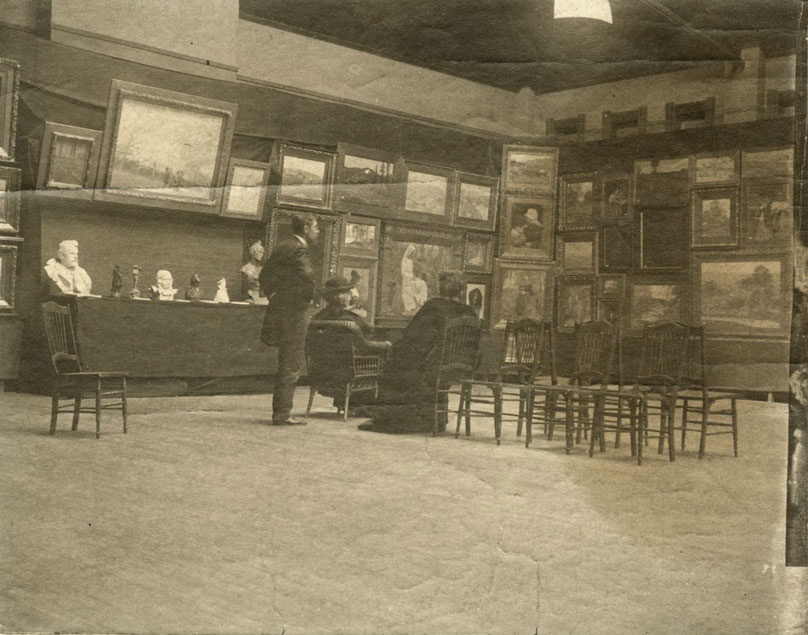
Courtesy of Indiana Historical Society
Eighteen local women, including influential suffragist and clubwoman May Wright Sewall, organized the Art Association of Indianapolis in March 1883. They established the association for the promotion and study of art in Indianapolis, a goal to be achieved through an annual exhibit, an art school, and a permanent museum.
The association’s first exhibit in November 1883, included 435 paintings by 137 different artists and was held in the English Hotel. Until 1896, it held exhibits all over the city, including the H. Lieber Company Galleries. Then exhibits shifted to the Propylaeum (1896-1902) and John Herron Art Institute (1906-1969). Among the more notable early exhibits was a 1912 exhibition for the Association of Women Artists, an organization founded as a platform for professional women artists.
In 1895, the association received a bequest of $225,000 from the estate of Indianapolis businessman John Herron to build an art museum and art school in his memory.
The Art Association turned the school and museum building over to Indiana University in 1967. The Art Association of Indianapolis relocated its museum to the Krannert Pavilion, on the grounds of the former J. K. Lilly Jr. estate, and officially became the Indianapolis Museum of Art in 1970.
Market Street
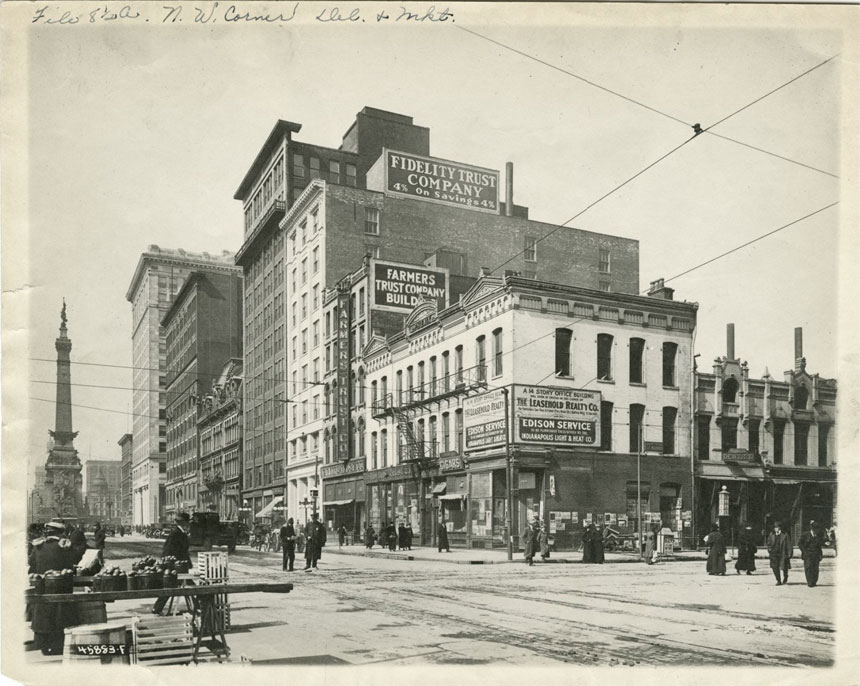
Courtesy of Bass Photo Co Collection, Indiana Historical Society
Several of the financial centers and law offices in Indianapolis’ financial district along East Market Street served as studio space for Indianapolis artists, including the Union Trust Building, Hartford Block, and Farmers Trust Building. The rooms were perfect for artists—high ceilings, good lighting, and low rent.
This group of buildings became known at Artists’ Row, where established artists like the Hoosier Group perfected their work and new artists could share spaces until they established themselves. These places provided not only studio and public class space but gathering areas for artists’ camaraderie and idea exchange.
Artist’s Row continued to thrive until World War II, when many of the artists closed their studios to serve the war effort. Most of the buildings are no longer standing.



